This Way Up for Saturday 30 January 2016
This Way Up Part 1
Virtual dementia tour, science news (autism and seagrasses) and the mathematics of cancer.
Virtual Dementia Tour
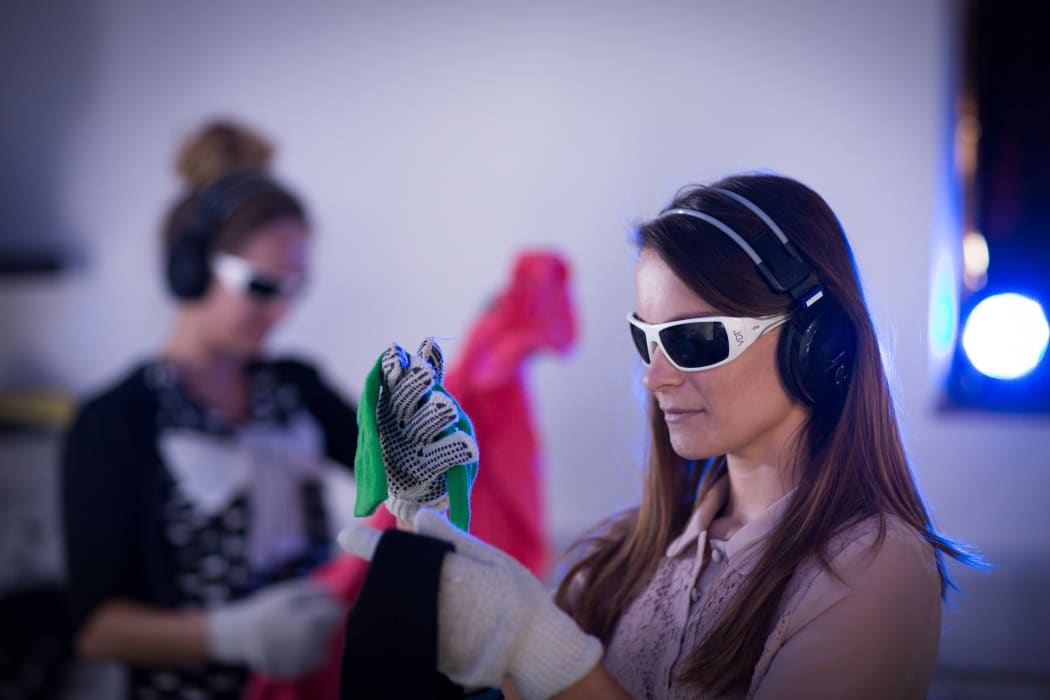
Virtual Dementia Tour Photo: Supplied
Nearly 50 million people globally have been diagnosed with dementia; 50,000 people here in New Zealand have the disease.
For each and every sufferer, their families, partners and friends are touched by the disease, too, as it is often these people who become primary caregivers. PK Beville has been working with dementia patients for more than 30 years and is trying to transform the way they are cared for and treated with her virtual dementia tour. The tour uses things like gloves, sunglasses and headphones to recreate what living with dementia can be like, and so far it's been experienced by about 2 million people from 17 countries.
PK Beville tells Simon Morton how she designed the tour to allow everyone to experience what life with dementia is like.
Science: Autism and Seagrass

Dr Chris Smith of The Naked Scientists Photo: SUPPLIED
Seagrass offers clues to our future food
A team of scientists hopes their research on sea grasses could help us to breed the crops of the future and feed the world's ever-growing population.
Dr Chris Smith of The Naked Scientists says that such plants are among the largest and oldest living organisms on Earth with some being tens of thousands of years old. Clumps more than 10 kilometres across, containing plants that took root 30,000 to 100,000 years ago, have been identified in the Mediterranean.
They create the underwater equivalent of a lawn, spreading by using runner-like projections of their roots, called rhizomes, to rapidly colonise large areas. They can also use a specialised underwater pollination process they've evolved over the 300 million years since they left their land-living relatives behind and colonised almost every coastline around the globe.
Writing in the journal 'Nature', King Abdullah University of Science and Technology researcher Carlos Duarte and his colleagues showed how they successfully decoded the genome of eel grass (or zoster marina) to find out how it had evolved to live in saltwater, and also how its underwater reproduction system works.
The close relationship between seagrasses, cereals and rice plants means that these genetic survival strategies could be bred into food crops to make them more drought and salt tolerant in the future.
"This could alleviate the pressure on fresh water resources that are already stretched and will otherwise constrain our capacity to produce enough food to feed a rising population" - Carlos Duarte.
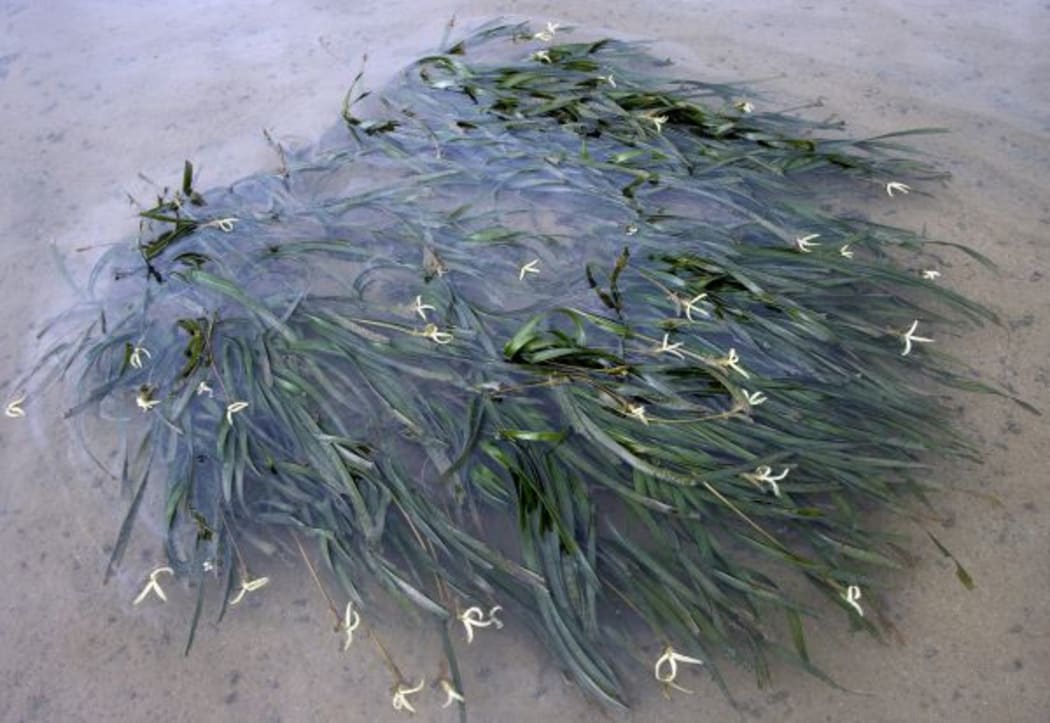
Flowering Tape seagrass Photo: Ria Tan / CC BY 2.0
The mathematics of cancer
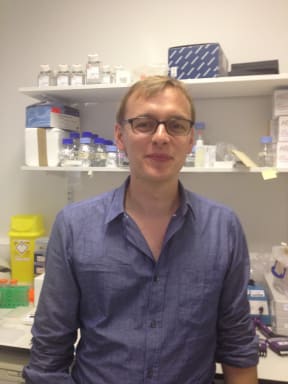
Dr Trevor Graham of Barts Cancer Institute Photo: Supplied
Mathematics is a handy way to analyse and quantify the world around us.
It's a language based on numbers, patterns, relationships and equations that can be used to explain things in the physical world, as well as theories about stuff we can't actually see, like dark matter or the chaos that followed the Big Bang.
The human genome is a code made up of 3 billion pairs of letters, C, G, A and T and we can use this code to discover where we've come from, what we've inherited from who, and what diseases we're likely to get. Every cell in our body has a genome inside it, and cancer cells are no different.
Now maths, along with biology, is proving to be a powerful tool for decoding this information.
Dr Trevor Graham of Barts Cancer Institute, Queen Mary University of London is using mathematics as a way to identify patterns of growth in cancerous tumours because if we know how they grow, and that there's a pattern or law that cancer follows, then maybe this could help us manage and treat this disease.
Tasmanian bushfires: the ecological impact
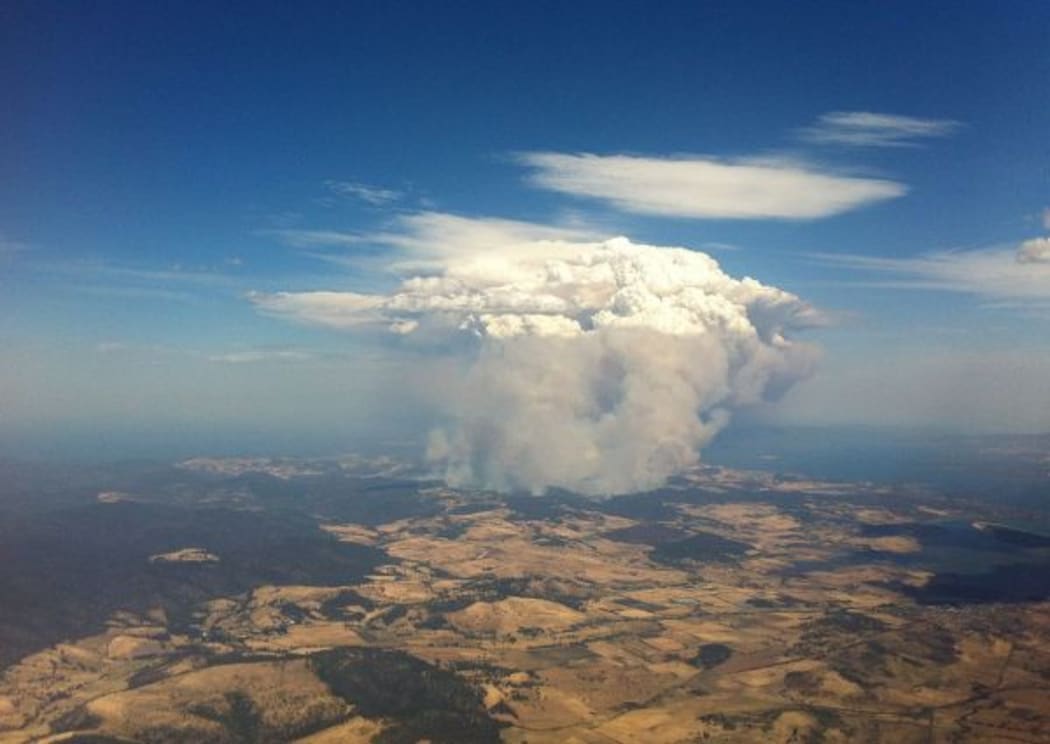
Fire at Forcett, Tasmania in 2013 Photo: Chug / Attribution-Share Alike 3.0 Unported
Tasmania is burning – and the bushfires there aren't just threatening human life and property.
In 1982, UNESCO put 1.5 million hectares of the island on its World Heritage List, and it's these ancient forests, some with trees 1,000 years old, that are under threat from the fires. The forests in Tasmania connect us ecologically to the supercontinent Gondwana, which New Zealand was part of.
Simon Morton speaks with David Bowman, a professor of environmental change biology at the University of Tasmania who has been watching the bushfires and is seriously worried about their environmental impact.
Smelly art
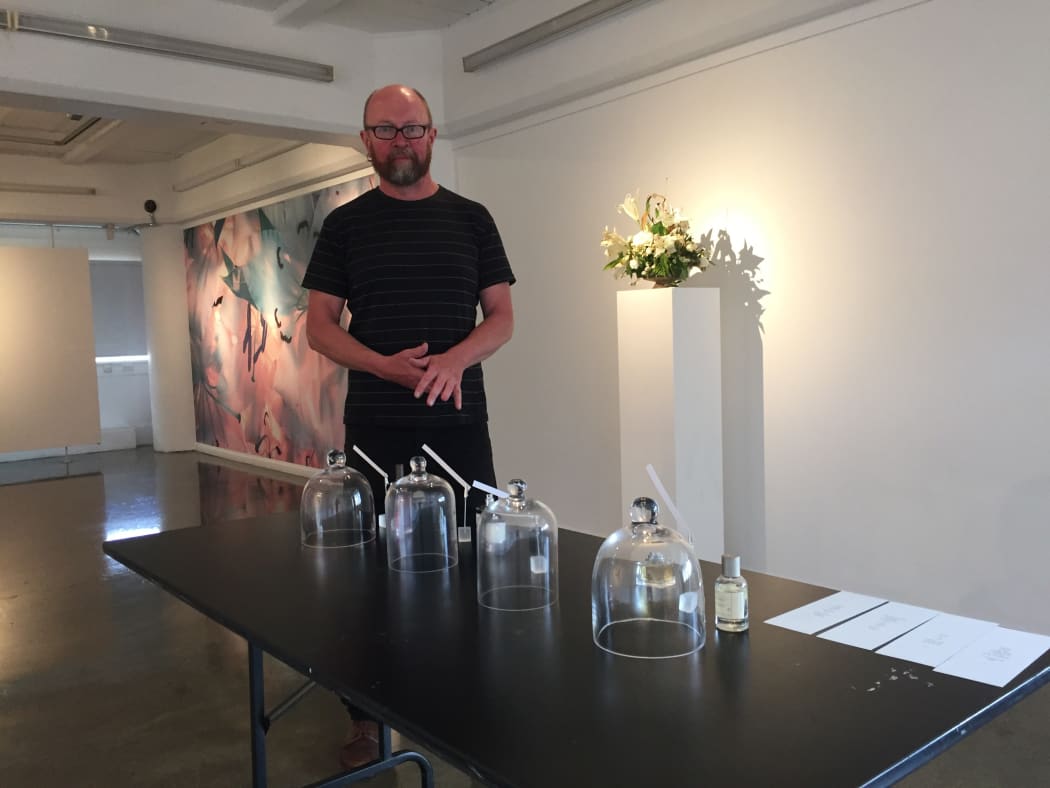
Lee Jensen Photo: Simon Morton
Lee Jensen is a visual artist, designer and collector of smells.
Some of his collection of 160 perfumes and scents forms part of the exhibition Soliflore White Rose/White Lily, currently showing at Toi Pōneke gallery in Wellington.
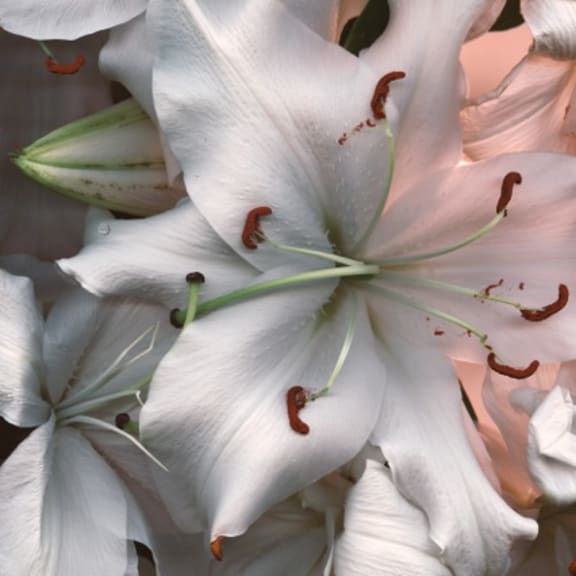
Lys 2 Photo: Lee Jensen
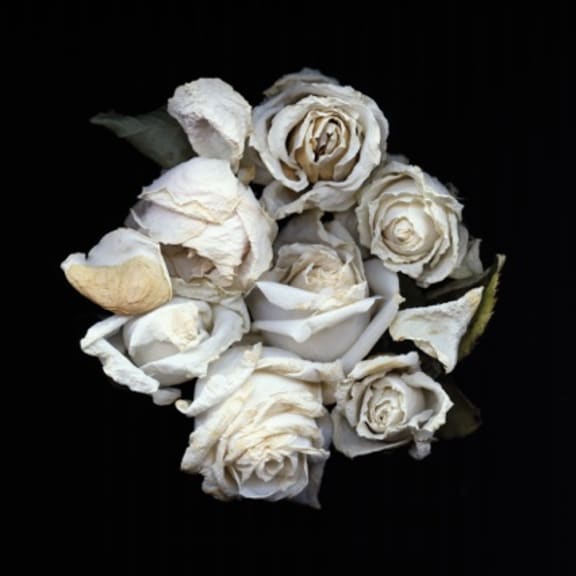
Rose 3 Photo: Lee Jensen
Seashells

Helen Scales Photo: Ria Mishaal
Marine biologist Helen Scales celebrates the beauty and usefulness of seashells in her book Spirals in Time: The Secret Life and Curious Afterlife of Seashells.
As home to many molluscs and bivalves – lots of them delicious! – shells have been of great use and value to us humans over our history.
She talks with Simon Morton:
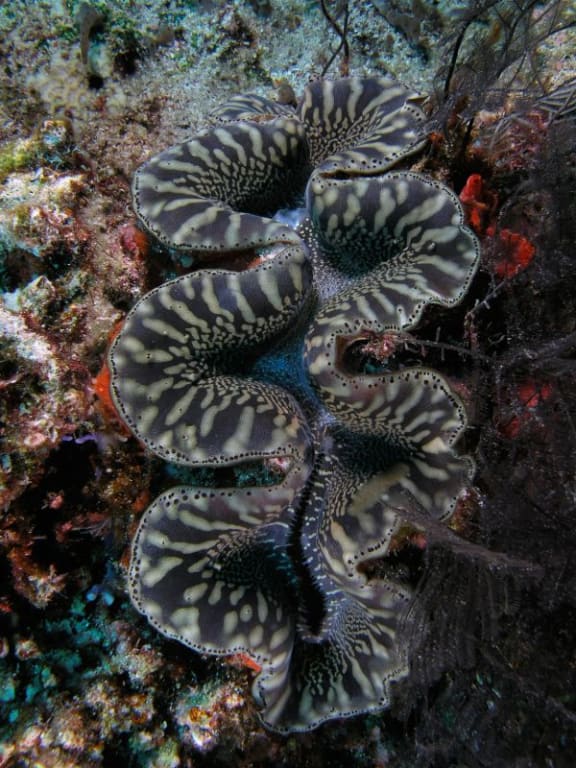
Giant clam Photo: Brian Hobgood CC 3.0
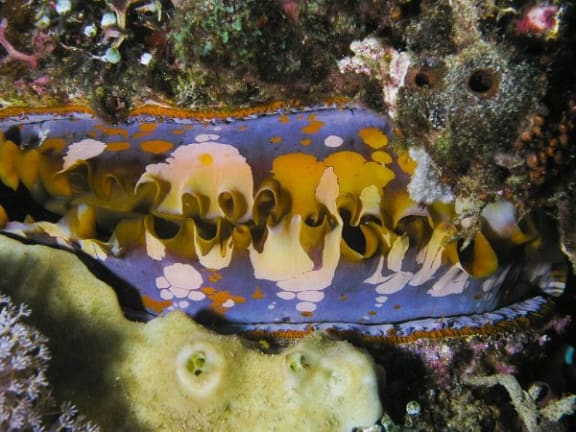
Thorny Oyster Photo: Brian Hobgood CC BY-SA 3.0
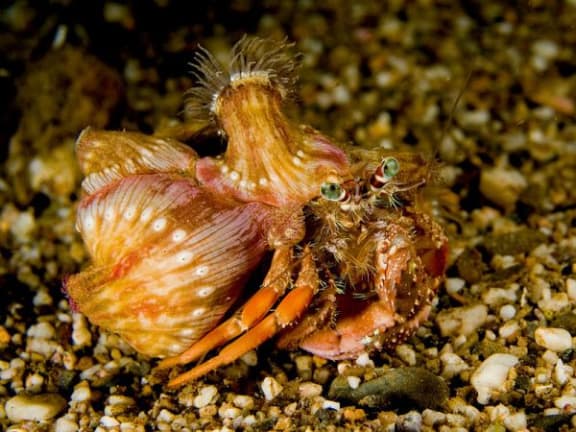
Dardanus Pedunculatus hermit crab Photo: Brian Hobgood CC 3.0